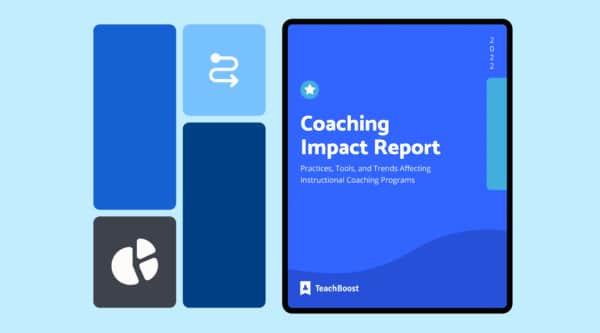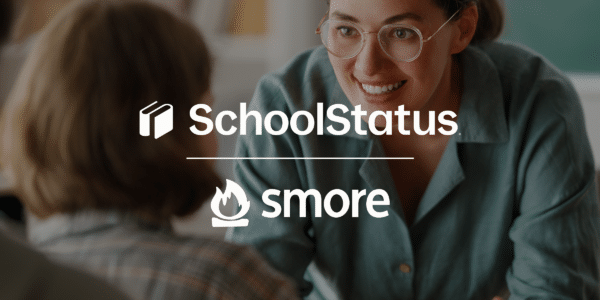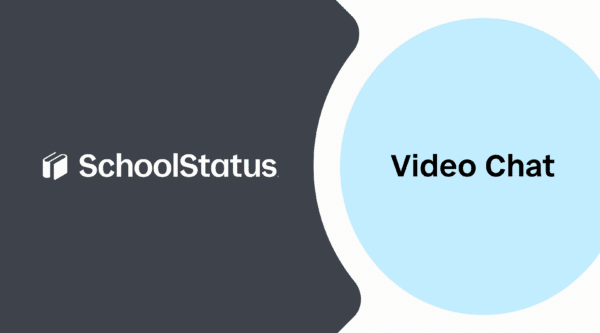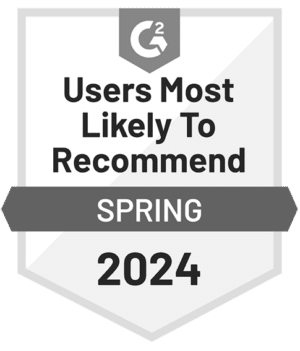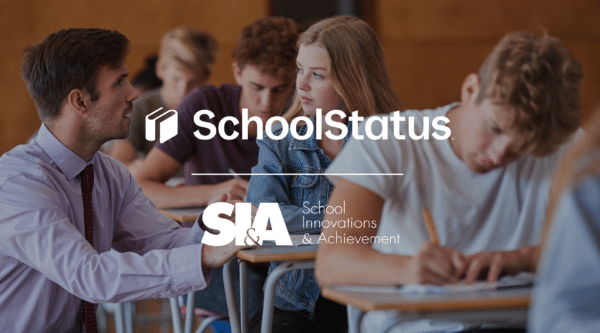

Teenagers in the U.S. are struggling.
While the teenage years are always synonymous with angst (see: all the kids in the Brat Pack classic The Breakfast Club and in the TV show Euphoria), what’s happening right now is different.
Today’s combination of social media use, increased gun violence, ongoing pandemic recovery, and continued structural racism led the American Academy of Pediatrics, the American Academy of Child and Adolescent Psychiatry, and others to declare a national state of emergency in children’s health in 2021.
It’s no wonder absenteeism is at an all-time high.
The Perfect Storm—Why Teen Absenteeism Is So Prevalent
There are several factors impacting attendance habits.
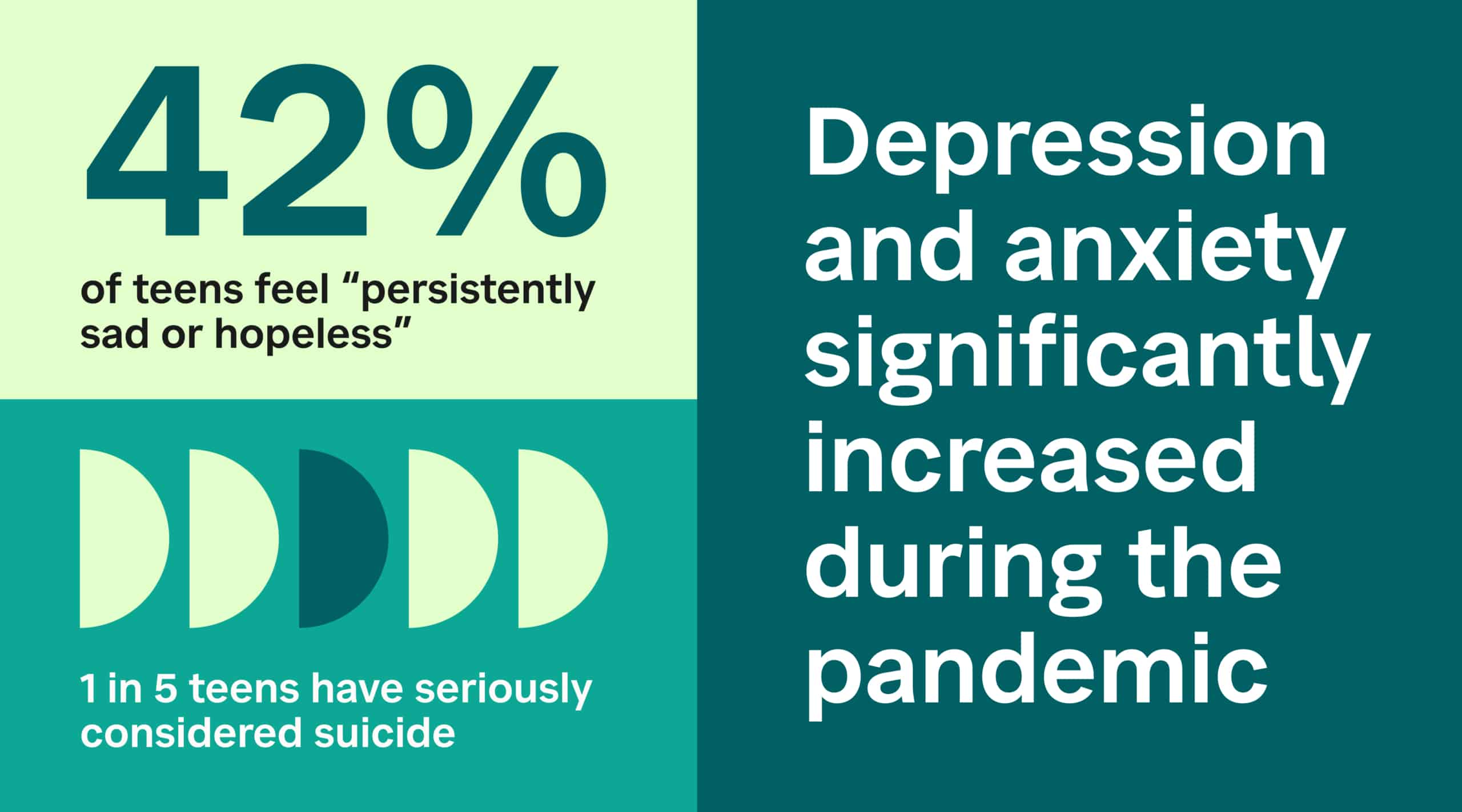
Recent CDC data show 42% of teens feel “persistently sad or hopeless” and 1 in 5 have seriously considered suicide. Recent studies show a direct correlation between depression in teenage girls and the amount of time they spend on Instagram—something many families can confirm. The COVID-19 pandemic led to a significant increase in depression and anxiety among teens and adolescents, especially those who lost a close relative or experienced economic or food insecurity due to job loss in the family.
While school may have been a sanctuary for some, a recent increase in school shootings has shattered that perception. And though meant to keep students safe, research shows a negative psychological impact on students who regularly practice active shooter drills, including an increase in depression and anxiety
How Can School Communication Help?
As educators, we know attending school matters for every child’s short- and long-term health and life prospects. Attending school can foster strong relationships, improve mental health, teach helpful self-directing and time management skills, and set a child up for success in the future.
How can we support students and their families during this time of heightened crisis?
One starting place is implementing preventative absenteeism measures using positive reinforcement to build better attendance habits.
This approach has an encouraging track record. When the Louisiana DOE shelved a punitive approach to absenteeism for a restorative one, they quickly saw a reduction in chronic absenteeism.
Shelneka Adams, the LDOE Child Welfare and Attendance Liaison, says,
I’ve seen what works, and starting off with addressing psychosocial needs of students has always promoted better attendance.”
Reduce Chronic Absenteeism in Teens
For students already struggling with anxiety and depression, focusing on building relationships and creating a sense of belonging is far more likely to encourage students to come to class.
By choosing a positive, proactive approach rather than a punitive, truancy-focused stance, schools and districts can build school-connectedness for families and students.
Invite Families to Participate
Let’s look at something as simple as a classroom/homeroom update.
Once a week, the classroom/homeroom teacher or advisor sends an update via email and posts it to a class webpage or social media.
This update is:
- Digital, so that families can access it on any device
- Translatable, so they can read it in their preferred language
- Consistent, so that families can anticipate its arrival and trust they’ll have the information needed to support their students
Each week, the update should contain the same basic information:
- The schedule
- The lunch menu
- Attendance-focused shoutouts for students
- Due dates and assignments
- Upcoming events
- Contact information for the teacher & school counselors
It becomes a relationship-based experience, letting families know, “I am sharing what’s happening at school with you, on your device, in your language. It matters to me that you know.”
Using Data to Improve Attendance
When it comes to improving attendance, data is your best friend.
An integrated data analytics and communications platform can help those responsible for weekly school updates analyze data for patterns of engagement and provide the foundation for new strategies.
It enables teachers to review past communications and understand the relationship between students’ behavior, academic achievement, home life, and attendance.
If teachers see folks at home aren’t responding to messages about a student’s absences, they have the data in hand to initiate a positive, one-on-one conversation with families—and develop an attendance plan together.
Help Families Break the Absentee Cycle by Building Trust
With everything going on in the world, students are feeling more isolated, more anxious, and more hopeless than ever. And their families may feel the same way.
There has to be a reason to come to school, especially when there are barriers to attendance. That reason is a caring adult saying “It matters you’re here,” and meaning it. For more tips on reducing absenteeism by connecting with families, download Ace Your School-Home Communication.
Stay Connected
News, articles, and tips for meeting your district's goals - delivered to your inbox.





